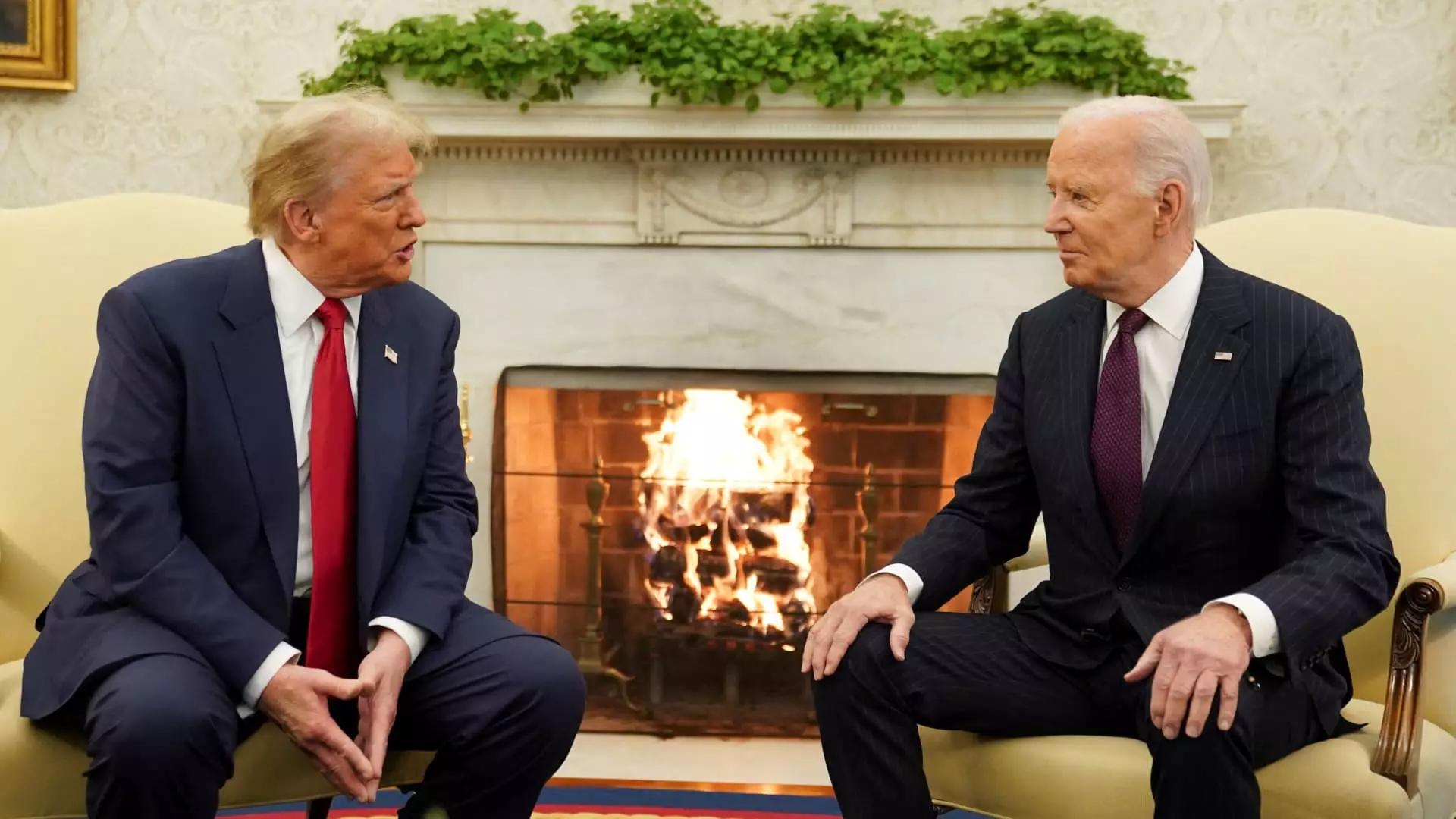The recent decision by the Trump administration to uphold the antitrust merger guidelines established during the Biden presidency marks a notable turnaround in the approach to corporate consolidations. These guidelines, which have drawn significant criticism from the corporate sector since their introduction in 2023, aim to inject rigor into the review process for proposed corporate mergers. By emphasizing the evaluation of market competition and potential monopolistic practices, the administration underscores an emerging trend where antitrust enforcement is prioritized, reflecting a growing unease about corporate power and concentration in various sectors of the economy.
This decision represents a surprising alignment between notable figures within the Trump administration and the populist, anti-corporate sentiments that have been gaining traction across the political spectrum. Vice President JD Vance’s emphasis on robust antitrust enforcement resonates with principles pushed by Lina Khan, the Federal Trade Commission (FTC) chair appointed by Biden. This convergence highlights a rarity in contemporary American politics—bipartisan acknowledgment of the need for stringent regulatory measures to control corporate consolidation practices.
Impact on Corporate America
For Wall Street, the implications of this decision are particularly significant. Anticipation of a more permissive environment for corporate mergers has now been dashed, as the existing guidelines present hurdles aimed at preserving competitive markets. The criteria established in 2023—including restrictions aimed at preventing substantial competition reductions and the formation of monopolistic structures—signal a commitment to ensure fair market practices that could restrict the proliferation of consolidations that many analysts had predicted would flourish under a relaxed framework.
Andrew Ferguson, Chairman of the FTC, has stressed the importance of stability within enforcement guidelines, arguing that frequent changes can disrupt both regulatory agencies and the business community. He noted that crafting new guidelines can divert limited resources away from crucial enforcement work. Ferguson asserts that familiarity with established guidelines strengthens agency credibility and aligns with a longstanding tradition of antitrust case law, thereby establishing a robust foundation for ongoing evaluations of market practices.
Ultimately, the Trump administration’s endorsement of the Biden-era merger guidelines signifies a commitment to a level of regulatory stability that can benefit both consumers and the marketplace. While corporations may resist these strict regulations, the continuation of such guidelines suggests that the government is prepared to take a proactive stance against monopolistic tendencies. By reinforcing mechanisms for antitrust scrutiny, this decision fosters an environment where competition can thrive, enhancing consumer choices and preventing the unchecked dominance of corporate giants. As we navigate through an increasingly consolidated economic landscape, this approach may well reshape the future dynamics of American capitalism, incorporating precedent-oriented enforcement that prioritizes market fairness.


Leave a Reply